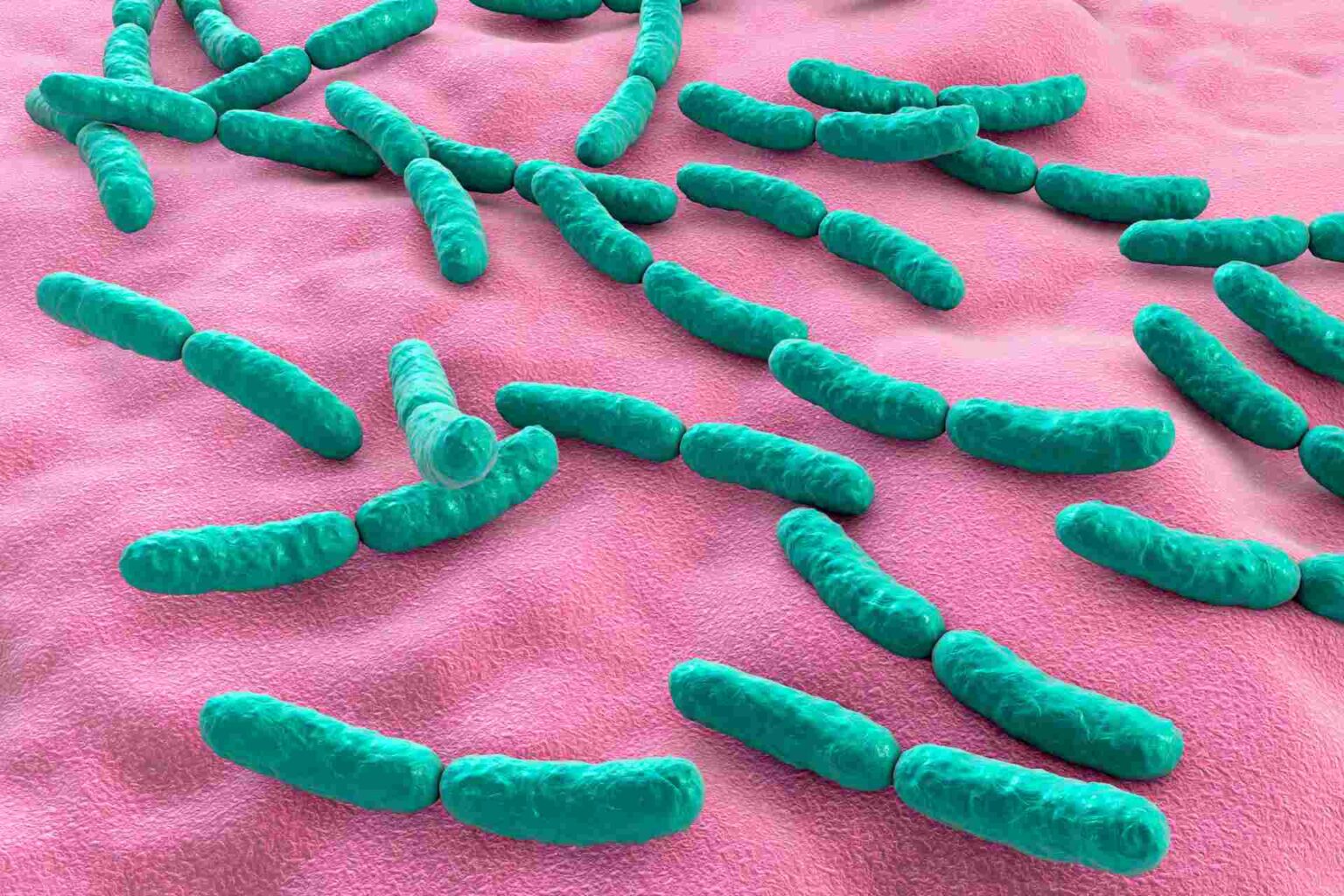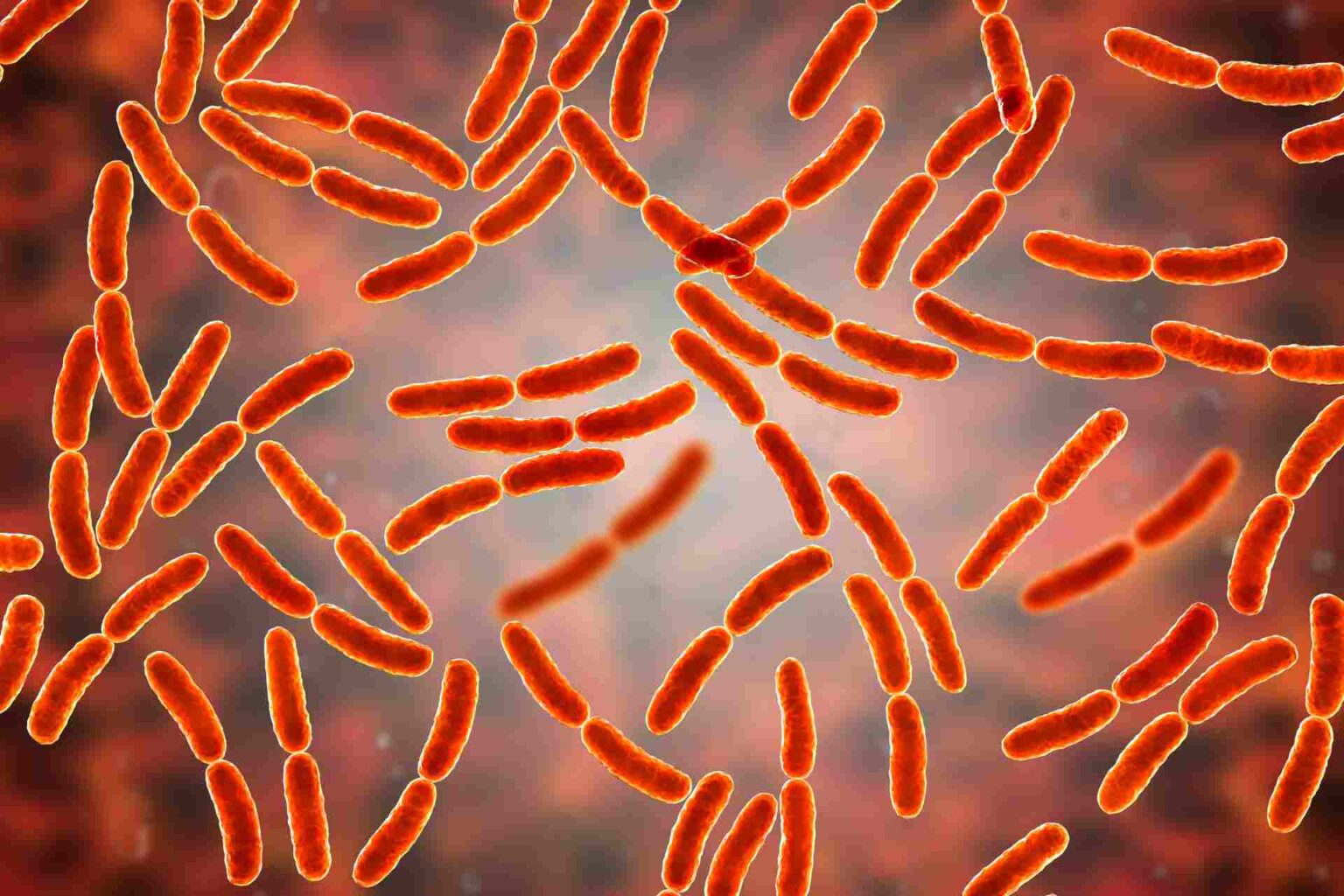Periodontal diseases are very common in dogs, and the oral microbiota plays a major role in their pathogenesis.
Calcification of bacterial plaque, can in the long run lead to periodontal damage, causing deterioration of gingival connective tissue.
In healthy dogs, gram-negative bacterial species are believed to predominate; in contrast, gram-positive anaerobic species predominate in animals with oral cavity disorders.
The information obtained through bacteriological analysis of the oral cavity is highly dependent on the mouth region considered and the sampling technique. In humans, bacterial communities have been identified in seven distinct habitats found in the oral cavity: buccal mucosa, keratinized gingiva, hard palate, saliva, tongue, subgingival plates (SUB) and supragingival plates (SUP). In dogs, these kinds of analyses are uncommon and data limited. In one study, bacterial communities in the Beagle oral cavity were identified in five different habitats: SUB plates, SUP plates, tongue, tonsils and cheek mucosa. In that study, the authors had found significant differences in microbial populations between soft tissue and dental plaque. These differences may be related to various local factors such as oxygen tension, pH and type of surface analyzed or may depend on the type of sampling done.
Microbiota of the oral cavity
Methods of analysis that have now become obsolete necessarily involved the cultivation of microbial species. However, many bacterial taxa present difficulties in being cultured in the laboratory, this has limited progress in studies inherent to the oral microbiota and related diseases.
Today’s most widely used DNA analysis-based methods useful for describing and studying microbial populations are more accurate and practical, and with sequencing techniques the cost and speed of execution have been greatly improved.
The study by Oba et al., making use of next-generation sequencing techniques, aimed to analyze the microbiota of different oral cavity habitats of dogs, and to correlate oral cavity health status with predominant bacterial taxa.
The analysis involved 26 healthy adult Beagle dogs. Microbial populations of three habitats were characterized by DNA sequencing: saliva, SUB plates and SUP plates.
The results of the study first revealed a different richness in terms of abundance of microbial species among the three districts considered. The highest richness was found in saliva samples, the lowest richness in SUP samples.
The analyses showed a strong difference and precise microbial clusters among the three habitats examined: the biggest differences were shown between the SAL and SUP samples.
The predominant phyla in all the habitats examined were. Bacteroidetes, Proteobacteria, Firmicutes, Fusobacteria, Actinobacteria e Spirochetes.
Data on the abundance of bacterial genera showed that:
- the genera Paludibacter, Filifactor, Peptostreptococcus, Fusibacter, Anaerovorax, Fusobacterium, Leptotrichia, Desulfomicrobium were particularly abundant in SUB samples. The genera Arcobacter and Pasteurella were the least abundant;
- the genera Actinomyces, Corynebacterium, Leucobacter, Euzebya, Capnocytophaga, Bergeyella, Lautropia, Lampropedia, Desulfobulbus, Enhydrobacter, and Moraxella were most abundant in SUP samples, while the genera Porphyromonas, Peptococcus, Parvimonas, and Campylobacter were the least abundant;
- in the SAL samples, the genera most commonly found were Prevotella, Helcococcus, Treponema and Acholeplasma, while the genera present in smaller quantities were Tannerella, Schwarzia and Neisseria.
In the gingival plaque samples the Actinomyces genera, Corynebacterium, Capnocytophaga, Leptotrichia e Neisseria were associated with the highest oral health scores (this corresponds to deteriorations in oral health).
Association between bacterial taxa and oral health
The study data demonstrate important differences in the microbiota of different districts of the oral cavity.
Salivary specimens, although easy to collect, in contrast to gingival plaques do not have the microbial populations of importance in the study of oral diseases.
From the data analyzed from the SUB and SUP plate samples, the genera. Actinomyces, Corynebacterium, Capnocytophaga, Leptotrichia e Neisseria were associated with worsening oral health.
Further studies of samples from individuals with progressive stages of periodontal disease will be needed to validate these findings and to better understand the role of microbial populations in oral cavity-related health and pathogenesis.
Reference
Oba PM, Carroll MQ, Alexander C, Valentine H, Somrak AJ, Keating SCJ, Sage AM, Swanson KS. Microbiota populations in supragingival plaque, subgingival plaque, and saliva habitats of adult dogs. Anim Microbiome. 2021 May 17;3(1):38. doi: 10.1186/s42523-021-00100-9.











